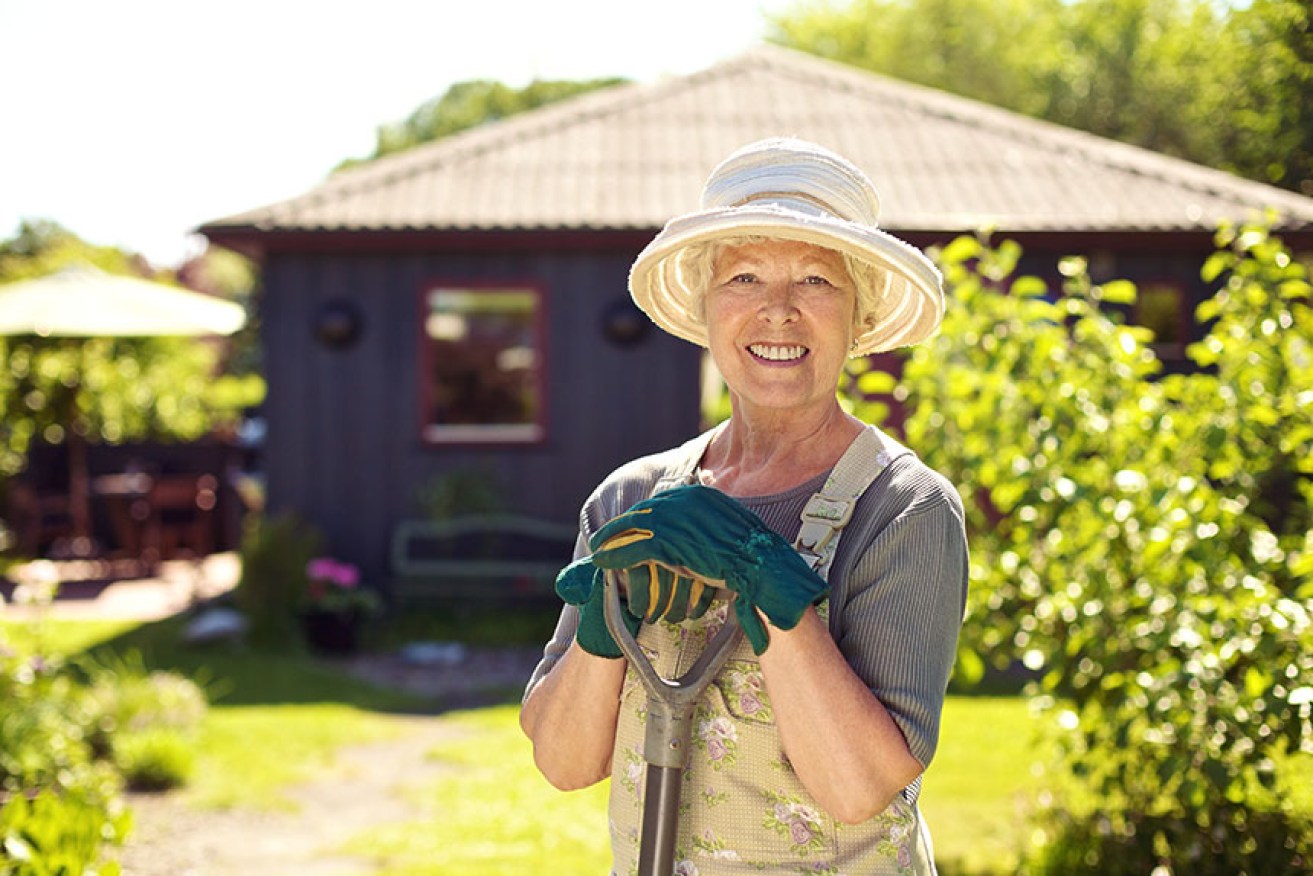‘Granny flats’ are in demand for new retirees


Shutterstock
Rather than move to a retirement village many senior citizens are opting to relocate to a granny flat – a smaller home on their own property or those of a relative.
Willow Grove Homes and Granny Flats director Farah Drake says the regulations covering granny flats vary from state to state. But Ms Drake believes numbers are growing because of an “ageing population” looking for an alternative to the traditional retirement village scenario.
• Check out realestateVIEW’s report on first home buyers
• Property of the week: million dollar Harbour views
• How to transform your home with a quick splash
“Retirement homes are so expensive,” says the Victorian-based business woman. “(Moving into a retirement home) can cost you almost the price of a (an existing suburban) home.
A lot of people don’t have that much cash so when they sell their family home, “they can buy a relocatable granny flat, which can be put in the back yard on one of their children’s properties.
 “That (granny flat) can cost them anywhere from $100,000 to $150,000. They can have a new home in their children’s back yard but still have cash to play with. A lot of the time it frees them up financially, especially if they are on a pension.”
“That (granny flat) can cost them anywhere from $100,000 to $150,000. They can have a new home in their children’s back yard but still have cash to play with. A lot of the time it frees them up financially, especially if they are on a pension.”
In Victoria a granny flat must be relocatable and accommodate people who are dependent on those in the main residence. “Those are the regulations here, so these homes can’t just be occupied by anybody,” Drake says.
Housing Industry Association economist Diwa Hopkins says that in New South Wales planning reforms are encouraging the building of secondary dwellings such as granny flats as part of broader housing affordability strategy.
“The reforms include allowing the secondary dwelling to be built in all residential zones and encourage faster approval times,” Ms Hopkins says. “These reforms have also been made with an ageing population in mind as well as Gen Ys who may stay at the family home for longer as well as broader rental affordability. Because owners may also rent out the secondary dwelling, and this adds to the rental stock.”
The HIA economist says residents in NSW have been taking up the opportunity to build these secondary dwellings. “In the 2012-13 financial year there were 2936 approvals for second occupancies. This compares with the 2526 in the previous financial year.’’
 This story was brought to you by The New Daily using data and other information from its real estate content partner, realestateVIEW.com.au
This story was brought to you by The New Daily using data and other information from its real estate content partner, realestateVIEW.com.au








